iPhone 8 Review
UPDATED: Still life left in the 8?
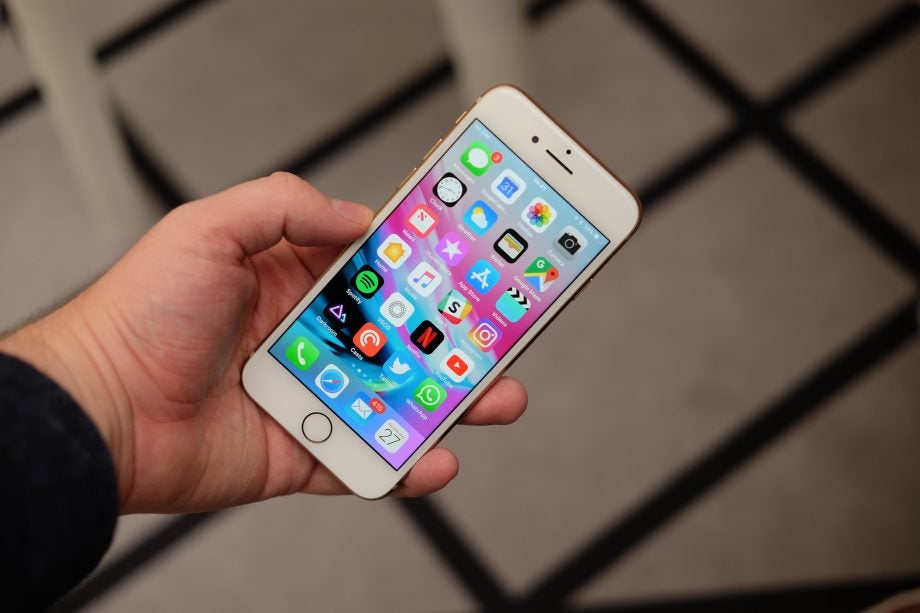
Verdict
What is the iPhone 8?
The iPhone 8 is now available without a contract directly from Apple for £479. The phone has undergone many price-cuts since its original release in 2017 and it’s currently at its lowest price. You might be able to pick it up cheaper through other sellers or on contract.
Deal: Get the Apple iPhone 8 Refurbished SIM-free for just £189
While it’s cheaper than the iPhone 11, iPhone 11 Pro and iPhone XR, the iPhone 8 feels like a device from a bygone era. The chunky bezel, TouchID fingerprint sensor and very small display are a far cry from modern full-screen devices we’ve come to expect from both Apple and Android phone makers.
Still, the iPhone 8 is still getting updates – including the latest Dark Mode-infused iOS 13 – and takes good photos. It supports wireless charging and is a great buy if you’re keen on picking up the Apple Watch 5.
Related: Best iPhone Deals
iPhone 8 Design – It now looks very dated
The iPhone 8 represents the most refined take on the design Apple first offered up with the iPhone 6, back in 2014. It’s a conventional candy bar touchscreen device with rounded corners and curved edges, although the materials at play here are a little different from that of its progenitor. More in line with most other flagship phones from the last couple of years, the iPhone 8 swaps a metal build for a glass-backed design, while a band of aluminium now runs the phone’s edge, where you’ll find the volume rocker, antennas and lock switch.
Moving to a glass back isn’t solely for aesthetics but it certainly doesn’t hurt them. For one the phone looks and feels more balanced, and although it adds a little weight, it also improves grip, which is no bad thing. The added grams are less welcome on the Plus model but here, it feels just right.
Related: Best smartphone
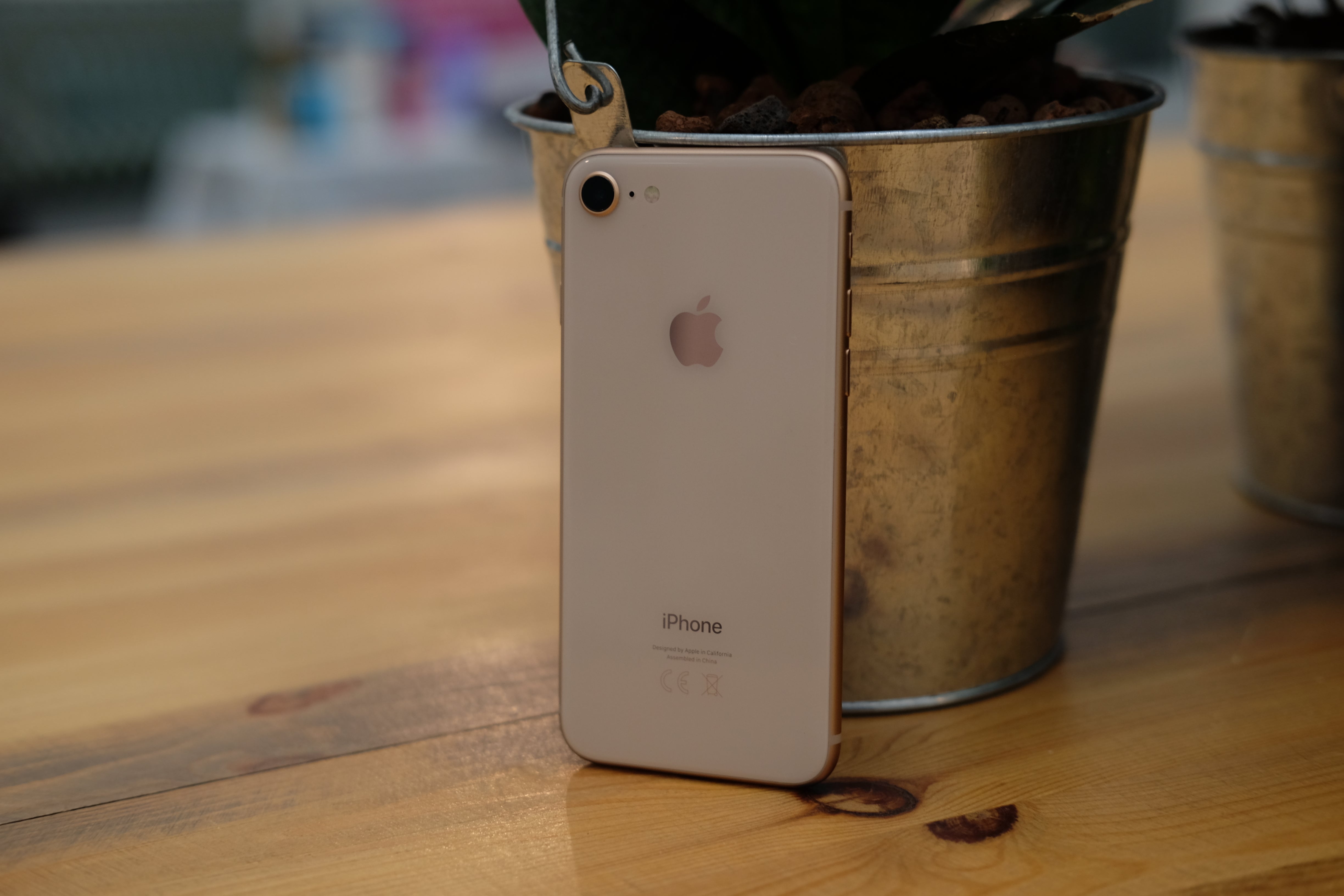
My one slight annoyance with the glass design is that it doesn’t quite blend into the aluminium rim as it did in previous models. There’s a notable lip between the end of the glass and the start of the metal, and my fingernail often gets caught in it. It’s a minor design quirk, however.
The obvious downside with glass is its fragility. The worry here is that a drop that wouldn’t have left any lasting damage on the iPhone 7 will leave the 8 with a seriously cracked rear.
Related: Apple Watch 5 review
My overall view of the iPhone 8’s design is that it feels dull, predictable and quite some way behind Android flagships. At least Apple has ensured the iPhone 8 is still IP67-rated for water-resistance, a feature that’s fast-becoming a prerequisite on flagship phones. It also retains the exceptional Taptic engine that provides thoroughly satisfying nudges and buzzes throughout the operating system.
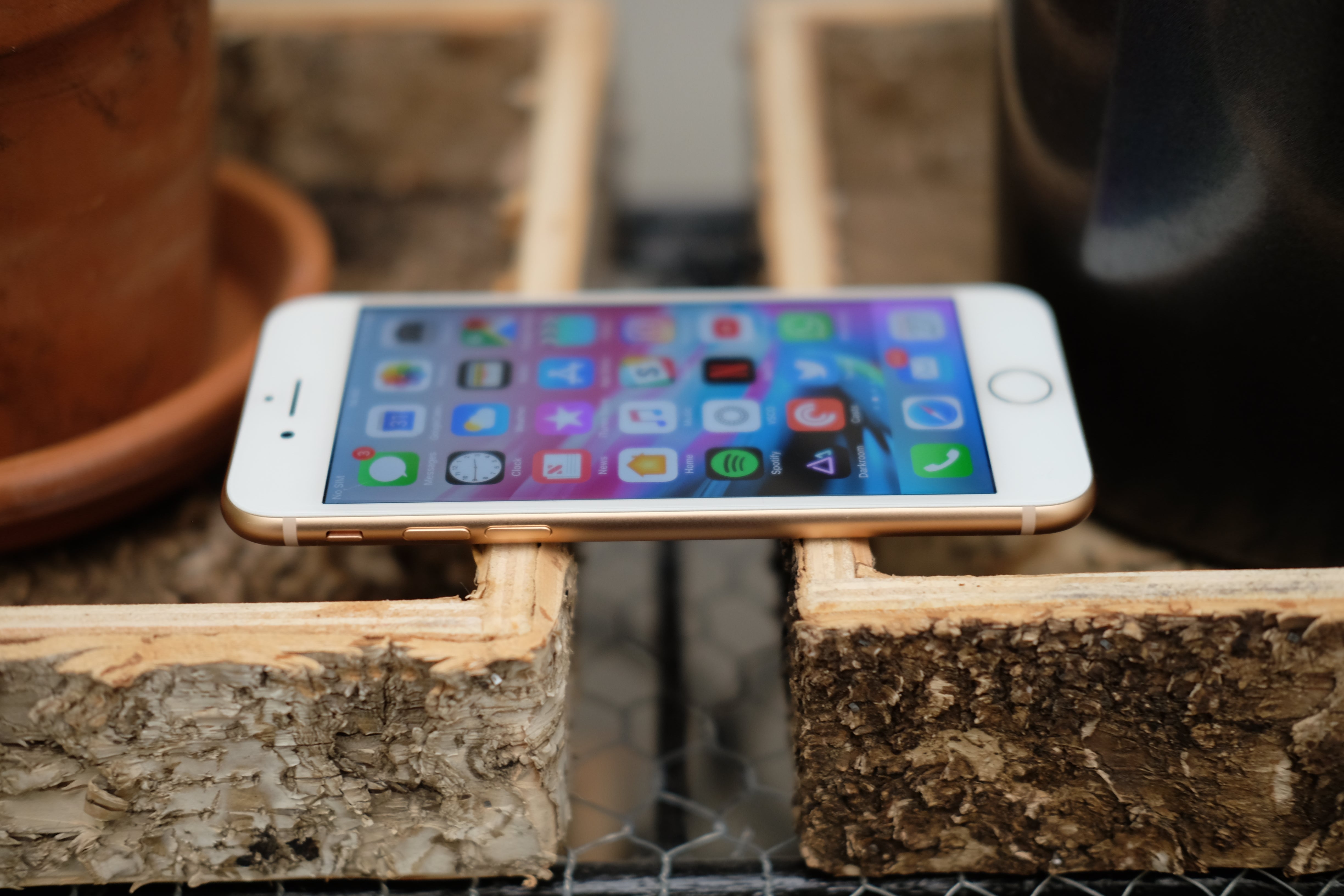
Apple’s handsets remain my preferred choice when it comes to the colourways available. There are three colour options for the iPhone 8 – not the five of the iPhone 11 or XR – but the gold is easily my favourite. This replaces the former gold option and Rose Gold; it’s an amalgamation of both. The glass on the rear of the device possesses a soft, almost ‘creamy’ quality, while the sides are a less vivid pink. It’s appealing, but not all in the Trusted Reviews’ office share this view. If gold isn’t your thing then the iPhone 8 is available in Space Grey and silver too.
It’s been a years since Apple killed the headphone jack, and to absolutely no-one’s surprise, it hasn’t made a return here.
Related: Best wireless headphones
iPhone 8 Screen – Small, yet still sharp
At 4.7-inches, with a barely over-720p resolution, the display on the iPhone 8 doesn’t whip up much excitement. However, there is actually plenty to like here, and the few changes Apple has made do make a noticeable difference in use.
The main upgrade is True Tone, which first debuted on the 9.7-inch iPad Pro. It’s a clever feature that dynamically alters the display’s white balance depending on the environment you’re in. It’s like the Night Shift mode in iOS, but on a hardware level. It sounds minimal, but it really does work to soften the blue tones in the display, with the end result making it more comfortable on the eyes.
Apple is also now supporting the Dolby Vision and HDR10 formats, so you can play back HDR movies from iTunes and supported content from Netflix. Unlike the iPhone X, which Apple claims has a ‘True HDR’ screen, the iPhone 8 doesn’t. Still, watching Mad Max in HDR does look noticeably better than on the iPhone 7.
Related: Best iPhone
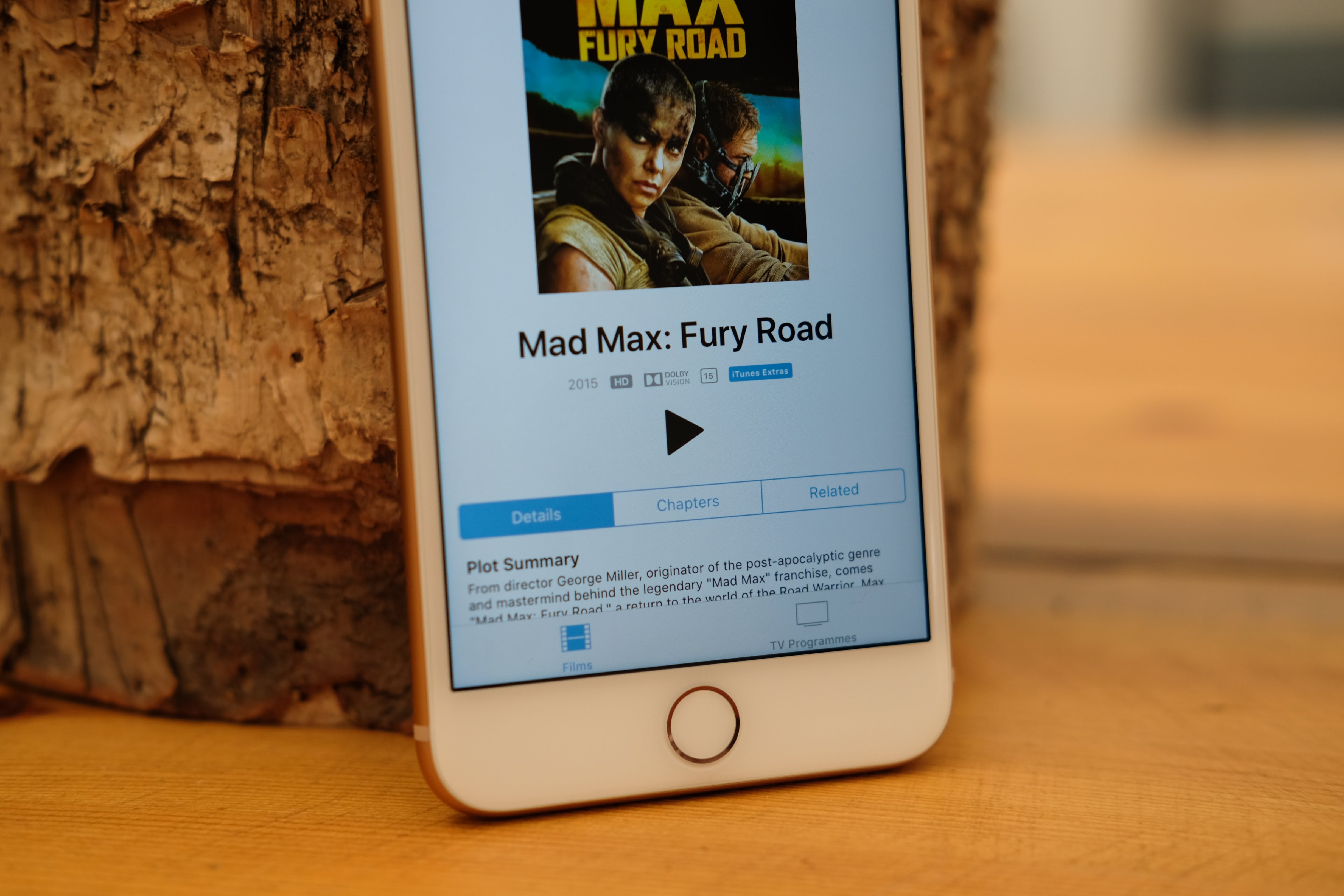
The rest of the display specs remain the same as before. It’s still an IPS LCD panel; if you want the perfect blacks and more vivid colours of OLED, you’ll have to plump for an iPhone X, iPhone XS, XS Max or an Android device.
Related: iPhone XR vs iPhone 11
The resolution can make photos look slightly grainy but it remains one of my favourite displays for colour reproduction, and the support for the DCI-P3 wide colour gamut makes a huge difference in supported content. It also excels for use in super-sunny conditions – an area in which OLEDs often suffer.
iPhone 8 Performance – Powered by the A11 Bionic
Both the iPhone 8 and 8 Plus run the same A11 Bionic chip, and so does the iPhone X. The difference is in the RAM offering: the iPhone 8 has only 2GB of RAM and the 8 Plus and the X have 3GB of RAM.
Is the lack of a gigabyte evident? Not that I’ve noticed. The iPhone 8 is just as competent at holding apps in memory as the 8 Plus, and it feels as though the extra memory is mainly present for the intensive camera modes.
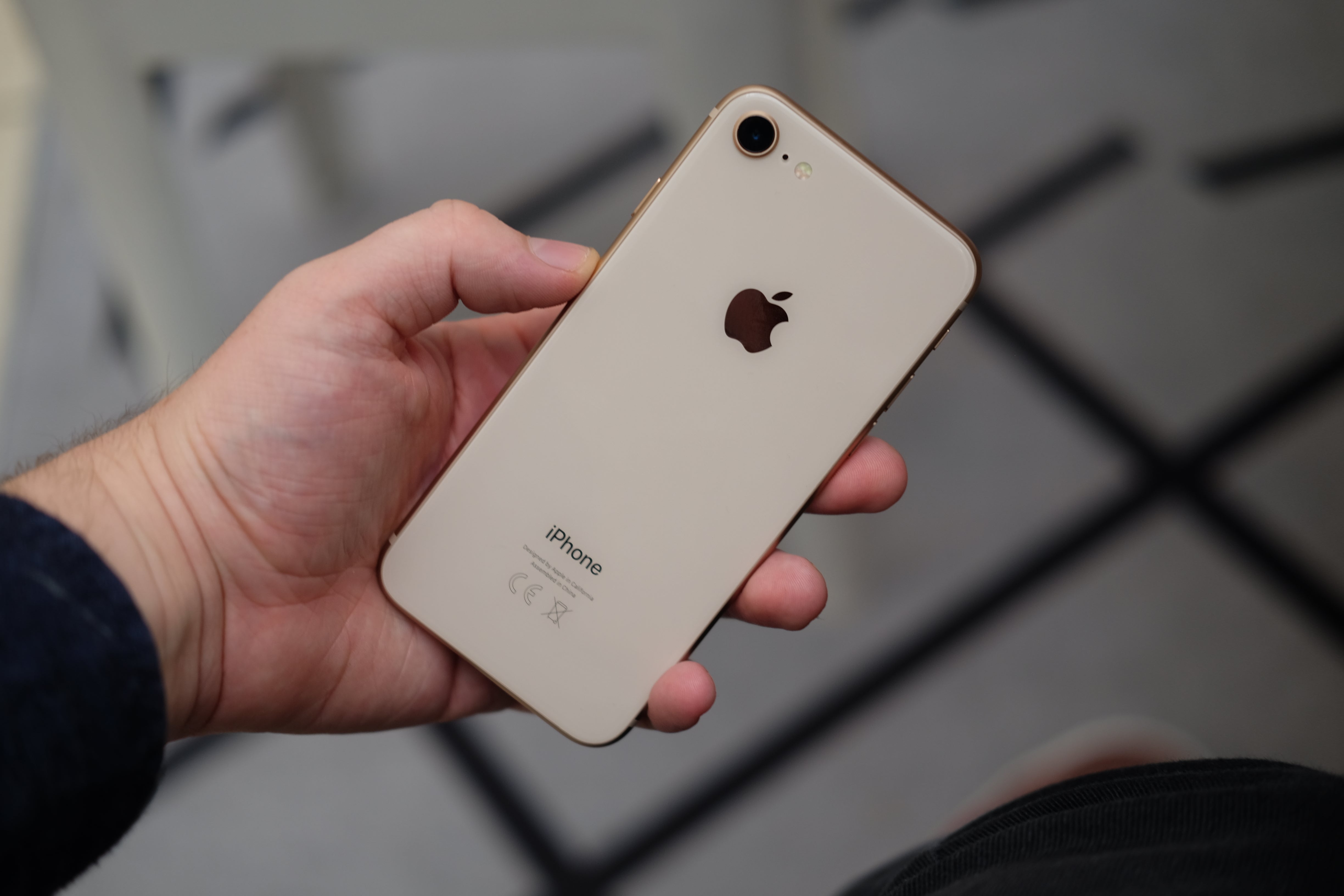
The A11 Bionic is a six-core processor, with two high-power and four low-power cores that churn through absolutely anything with ease. In benchmarks, it picked up a score of 9037 in the multi-core Geekbench 4 test, which comfortably beats off any of the 2017 Android competition.
Related: Best iPhone Deals
I do wish that with all this power at their disposal, app developers would do more to make the most of it all. A big push with iPhone 8 and, specifically, iOS 11 is augmented reality (AR), which layers graphical elements over the real world. There are already a few apps that use this feature – the IKEA app lets you place furniture around the home, for example – but they all appear to run just as well on an iPhone 6S as they do on the iPhone 8.
The same is true of games; I can’t find anything that performs notably better on the iPhone 8 than the iPhone 7. This isn’t really Apple’s fault, but it does mean that the performance boost is quite hard to utilise.
More noticeable are the improved front-facing stereo speakers. Apple says these are ‘25% louder than the iPhone 7’, and whether or not these numbers are accurate, they do sound very good indeed. Call quality, too, is excellent, as is cellular and Wi-Fi reception.
iPhone 8 Software – You can now install iOS 13
If you buy the iPhone 8 it’ll come with iOS 13 installed or you’ll be able to easily upgrade the software on the phone to the latest version. It also seems safe to say Apple will allow you to install iOS 14 next year, though of course, this is far from being confirmed yet.
iOS 13 is a nice upgrade, bringing with it some handy features like audio sharing through multiple pairs of AirPods, UI tweaks to make it less distracting when you’re altering the volume and a much more powerful version of Apple Maps.
Related: How to update apps in iOS 13
The biggest update though is the addition of Dark Mode. Enable this and the whole UI will turn from white to grey, making it much easier on the eyes.
Camera
iPhone 8 Camera – 12-megapixels with an f/1.8 aperture
The iPhone 8 has with numerous minor improvements if you’re upgrading from an iPhone 7; be it the screen, processor or battery life. But the one area where it feels like there’s been a dramatic step forward is the camera.
Related: Best camera phones
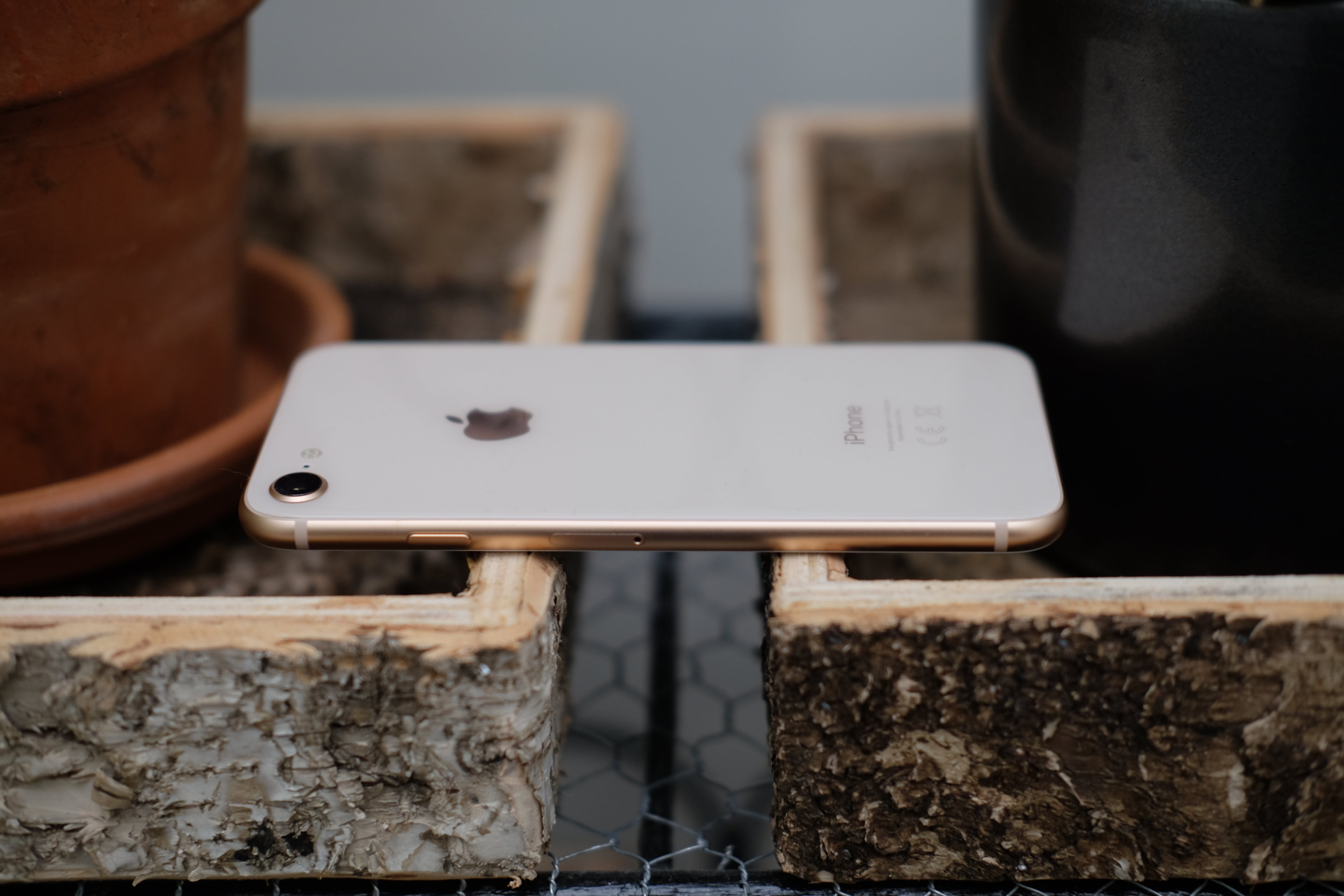
Photos taken with the iPhone 8 look great. Colours are punchy, detail is good and there’s a lot more saturation and definition between colours than seen on previous iPhones. This deep saturation trick is used a lot by Samsung, and it feels like Apple is following suit. The pictures taken with an iPhone 8 are still more natural-looking than Samsung’s flagship, but the difference isn’t what it was.
Apple says it has completely rebuilt the sensor this time around, adding in ‘deeper pixels’ and a brand-new image signal processor. This may sound like marketing fluff, but in reality I’ve been more impressed with the pictures on the iPhone 8 than any iPhone in recent years.
Related: Best smartphone
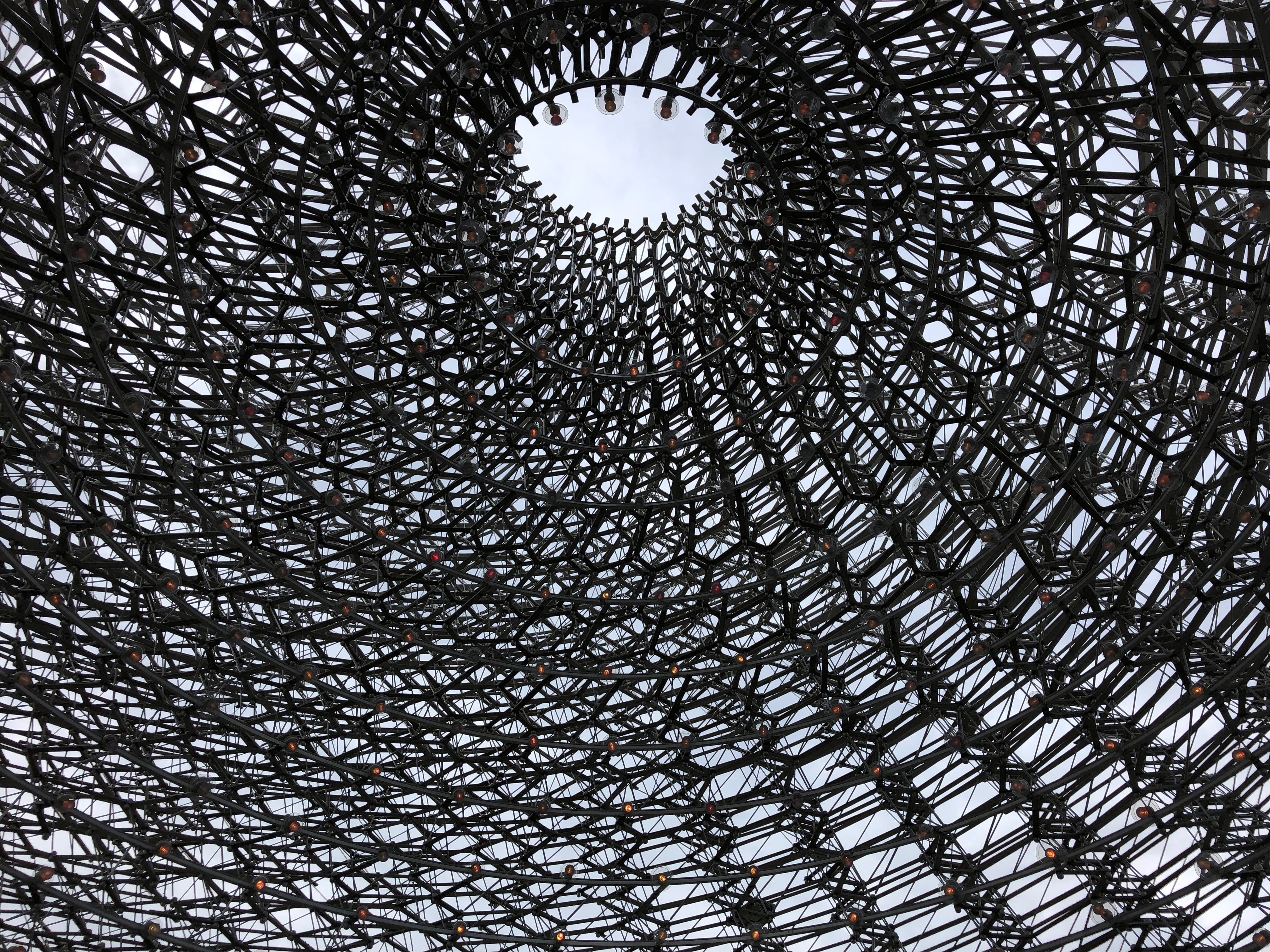
Even though it’s still a 12-megapixel sensor, there’s heaps on detail
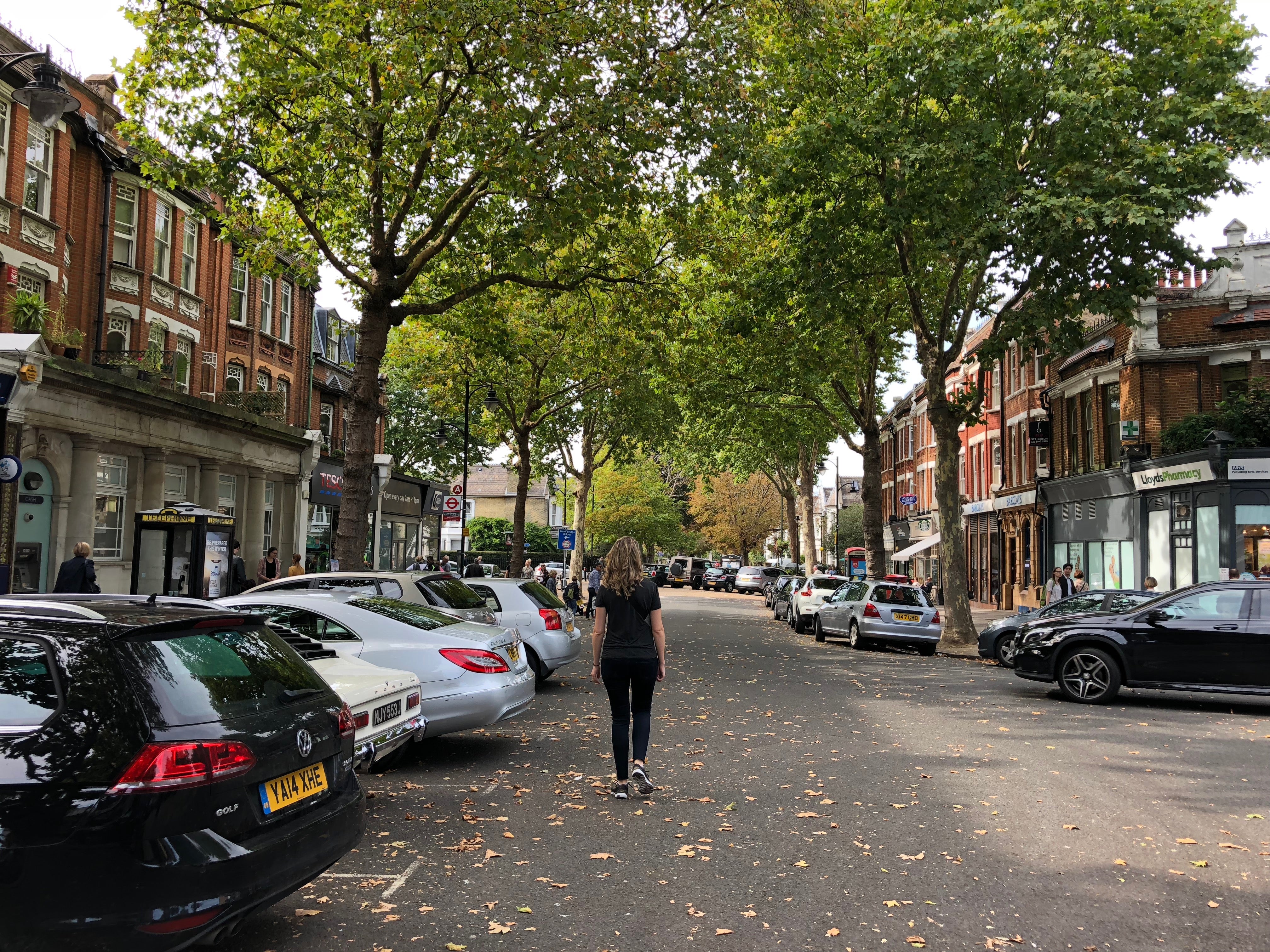
Exposure is balanced well thanks to the auto-HDR mode

Colours look great

You can focus accurately even up close
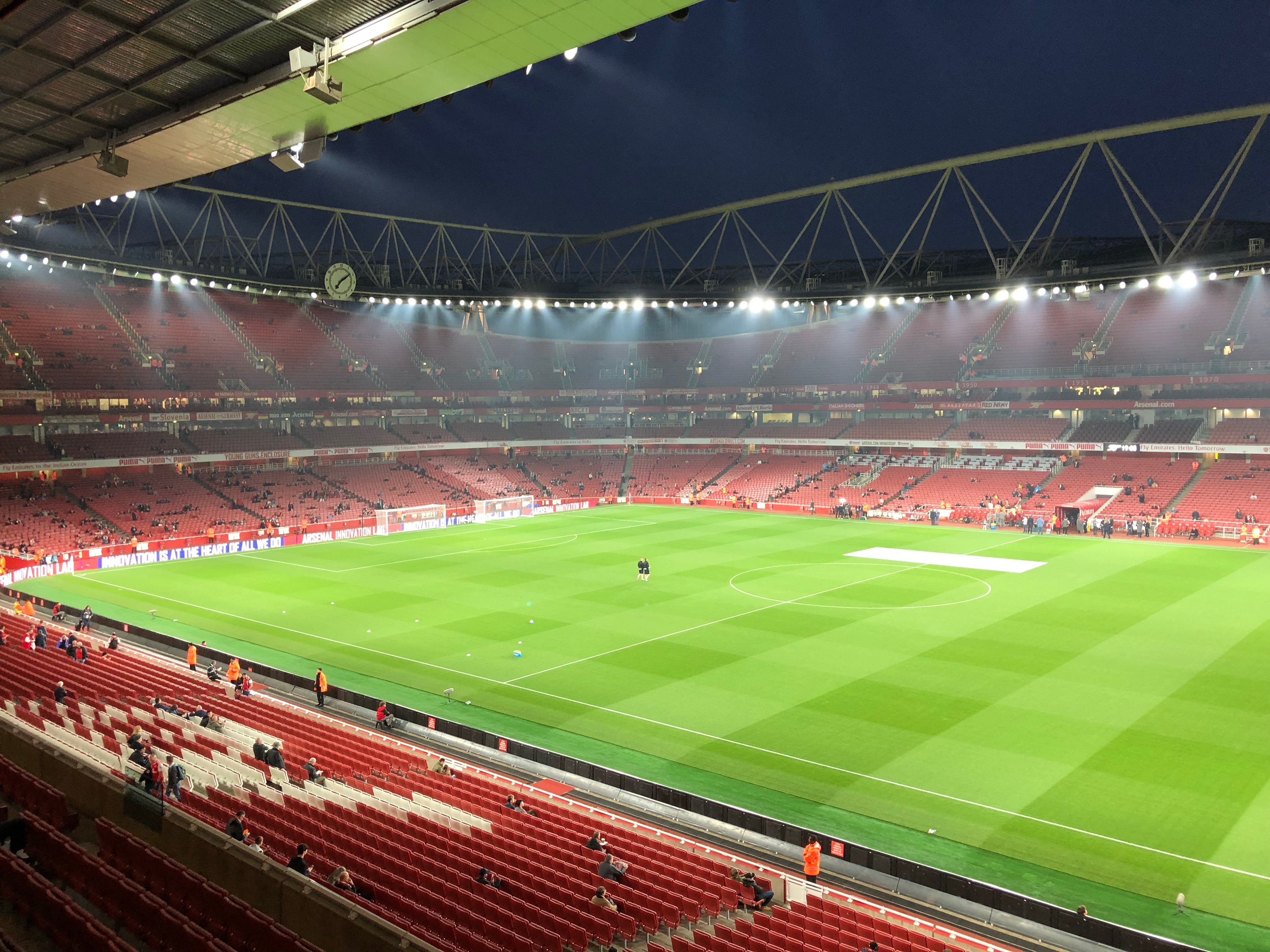
It does well in low-light, but there isn’t a huge improvement over the iPhone 7 here

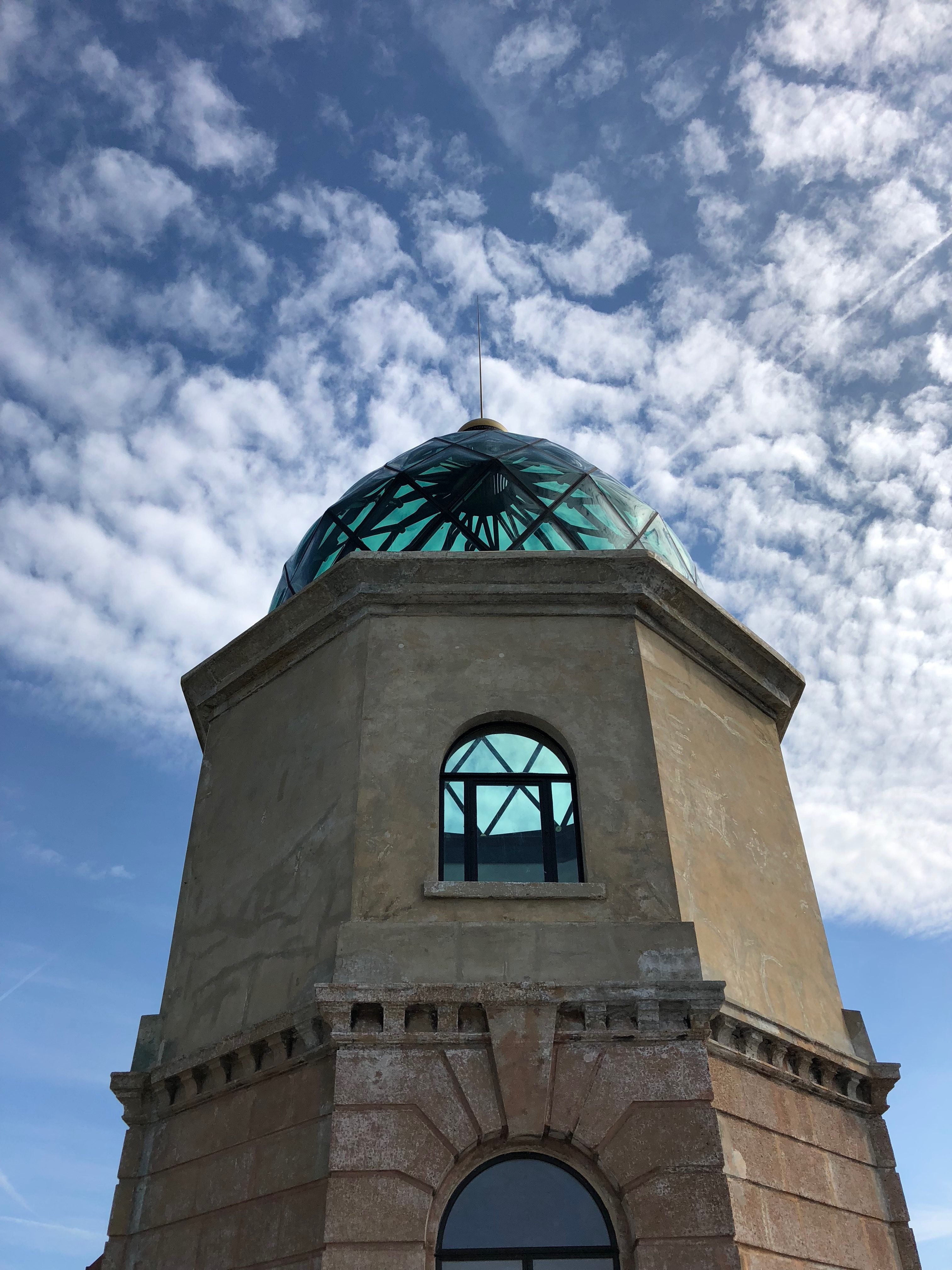

Landscape pictures look great
The now permanently on auto-HDR mode – it can be switched off, but you’ll have to dig in Settings to do so – does a fantastic job of levelling out exposure. This means photos taken on the iPhone 8 won’t be overblown in the lighter portions, instead displaying much better balance. Auto-HDR is particularly helpful for landscape photos, where the sky can tend to lose all colour if you’re not careful, but it removes the risk of pictures looking unnatural and artificial by using it only sparingly.
When the light isn’t great, the iPhone 8’s focusing slows down significantly, with noise more common than some of the competition. Again, it’s a close race and it is possible to achieve some excellent shots even when it’s dark – but the results are pretty similar to those of the iPhone 7. I’d have liked to see Apple widen the aperture, which would have enabled more light to reach the sensor, resulting in brighter shots.
Where the iPhone 8 seems to impress the most is in textures. The way it captures the tiny scrapes in metal, dust on bricks and individual hairs on a head is fantastic. The iPhone 8 is also the device that’s best at taking pics with the flash on – an odd claim to make, maybe, but the softer, more diffused flash used here means it doesn’t completely blow out faces.
Being able to shoot more frames per second gives footage a smoother look and is especially great for shooting motion, such as sports. Dialling it back to 24fps achieves a more cinematic feel. Note that you do notice the lack of OIS on the secondary camera when recording at 60fps. I also still believe that the Google Pixel 2 does a better job of stabilising video overall than the iPhone 8.
Another first, for a phone at least, is slow-motion recording at 240fps in 1080p. Previously, this was available at 720p, but now it looks sharper and there’s more scope for zooming.
The front-facing camera is still 8 megapixels and it’s actually one of the better ones around. Skin tones look natural and there’s plenty of detail. It’s biggest downside is the lens’ narrow field of view, meaning you have hold the phone much further away to cram in lots of faces.
Battery
iPhone 8 Battery life – How long does it last?
When Trusted Reviews reviewed the iPhone 7, Evan Kypreos found the poor battery life to be the single biggest reason to avoid the device. He claimed it had ‘the shortest battery life he’d experienced on any mainstream phone over the past couple of years’ – and that he was often reaching for a Lightning cable before the end of the day.
Considering the iPhone 8 has a smaller battery than the iPhone 7, and the fact that Apple made no claims about stamina during its unveiling, I was hugely sceptical about the iPhone 8’s battery life.
Related: Best iPhone Deals
But it’s absolutely fine, and pretty much what I’d expect from a device of this size. This isn’t a phone that will see you through a day of constant, heavy use, but Apple’s strong standby times mean it barely drops juice at all when you’re not actively using it, and I wasn’t left reaching for the Lightning cable by 6pm.
The iPhone 8 manages to last the day, although I say that with some caveats. I’ve felt as though I’ve had to ‘babysit’ the battery to a greater extent than I have with the iPhone 8 Plus. I switch off Bluetooth and Wi-Fi when I’m not using it and I lower the brightness far more; my eyes are constantly drawn to the dropping percentage indicator. It isn’t the battery life that will impress folk, but it also isn’t quite as frustrating as last year.
I ran a few basic side-by-sides tests with an iPhone 7 and iPhone 6S, and the iPhone 8 came out on top in all them. An hour of Netflix (Wi-Fi, 60% brightness, sound 50%) consumed 11% on the 8, 14% on the 7 and 13% on the 6S. Thirty minutes of Real Racing 3 ate through 12% on the 8, 16% on the 7 and 15% on the 6S. Obviously, batteries get worse over time and the 6S used here has been constantly worn down over more than 12 months, so that will affect its score.
The iPhone 8 still charges via a Lightning cable and you get the same 5W plug in the box. Unlike pretty much every Android out there, there’s no out-of-the-box fast-charging here. Apple claims the iPhone 8 supports faster charging, but it’s still one of slower phones to charge.
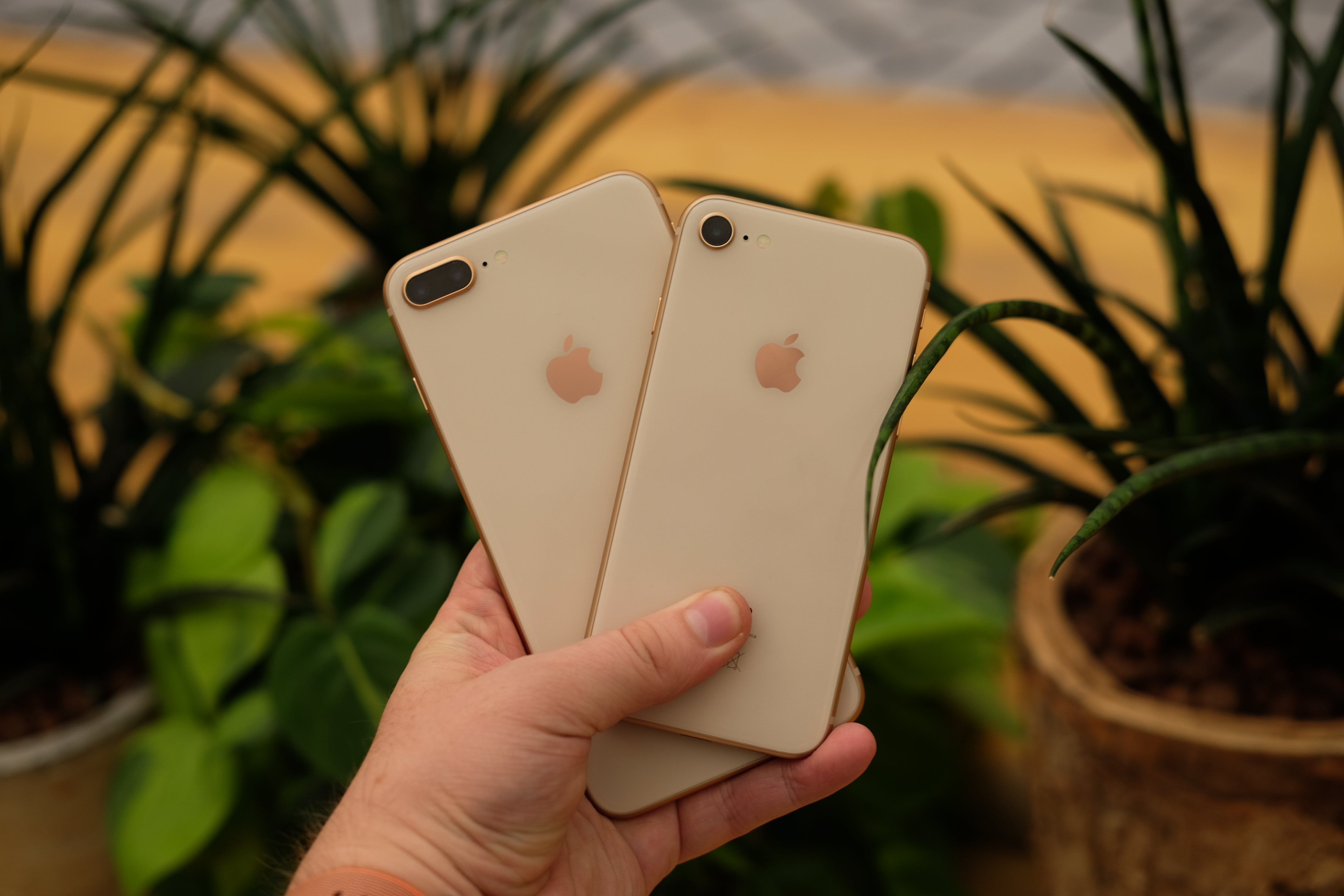
iPhone 8 and iPhone 8 Plus
The included wall plug will get you from 0-80% in about 60 minutes, and you can shave 10 minutes off that by using an iPad charger. I also tried charging it with the USB-C plug that comes with the MacBook Pro plus a USB-C-to-Lightning cable – this got me from 0-80% in 45 minutes. It then took a further 35 minutes to reach 100%.
If you want to ditch the Lightning cable completely, the iPhone 8 supports Qi wireless charging through the Qi standard. This is the same method that Android phones have used to charge wirelessly for years. Wireless charging is about as slow as using the included wall plug, but there will be an update later in the year that will unlock slightly faster 7.5W wireless charging in supported pads.
Should I buy the iPhone 8?
The iPhone 8 is a good phone – very good in certain respects – but it also feels like it was the forgotten child.
- What are the best phones to buy this year
- Want a phone from Apple? These are the best iPhone models
At the new £479/$479 it stands as the cheapest iPhone and might be a good pick for kids or if you simply want the smallest phone possible. For anything else it might be worth going for the iPhone XR instead.


